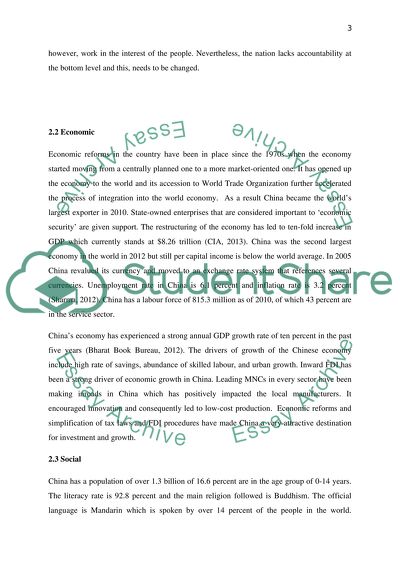Cite this document
(“International marketing entry strategy for Cow & Gate in China Essay”, n.d.)
Retrieved from https://studentshare.org/marketing/1404614-use-the-brand-namemust-uk-brand-cowgate-milk-power
Retrieved from https://studentshare.org/marketing/1404614-use-the-brand-namemust-uk-brand-cowgate-milk-power
(International Marketing Entry Strategy for Cow & Gate in China Essay)
https://studentshare.org/marketing/1404614-use-the-brand-namemust-uk-brand-cowgate-milk-power.
https://studentshare.org/marketing/1404614-use-the-brand-namemust-uk-brand-cowgate-milk-power.
“International Marketing Entry Strategy for Cow & Gate in China Essay”, n.d. https://studentshare.org/marketing/1404614-use-the-brand-namemust-uk-brand-cowgate-milk-power.


